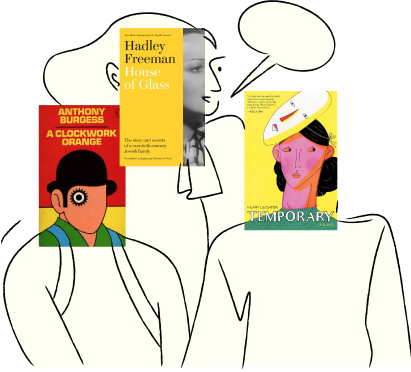
Memories of My Life in a Polish Village, 1930-1949
In her own words and with her own beautiful paintings and drawings, artist Toby Knobel Fluek (1926-2011) lovingly unfurls a unique view of Jewish life. She introduces us to her village, to her family, to the people among whom they lived; she shows us how customs and holidays were observed; and, with both feeling and restraint, she illustrates how this long-enduring way of life was shattered by World War II. She depicts her family's experiences through Russian occupation and the devastation wreaked by the Nazis--and, finally, her new beginning in America.
New to this edition is a foreword by Rakhmiel Peltz, PhD, PhD, Founding Director of the Judaic Studies Program at Drexel University, which he led for twenty years.
Book Details
- Publisher: Experiment
- Publish Date: May 21st, 2024
- Pages: 144
- Language: English
- Dimensions: 0.00in - 0.00in - 0.00in - 0.00lb
- EAN: 9781891011689
- Categories: • Jewish• Memoirs• Modern - 20th Century - Holocaust
About the Author
Toby Knobel Fluek (1926-2011) was born in the eastern Polish village of Czernica. In 1942, she and her family were forced by the Nazis into the nearby Brody ghetto. After her escape and years in hiding, she was married in 1949 and emigrated with her husband to New York, where she remained until her death. In 2018, The Florida Holocaust Museum added more than five hundred of Fluek's artworks and personal items to its collection, and it continues to share her work in exhibitions and outreach programs. Fluek's daughter, son-in-law, two grandsons and their wives, and four great-grandchildren also strive to ensure her extraordinary legacy.


